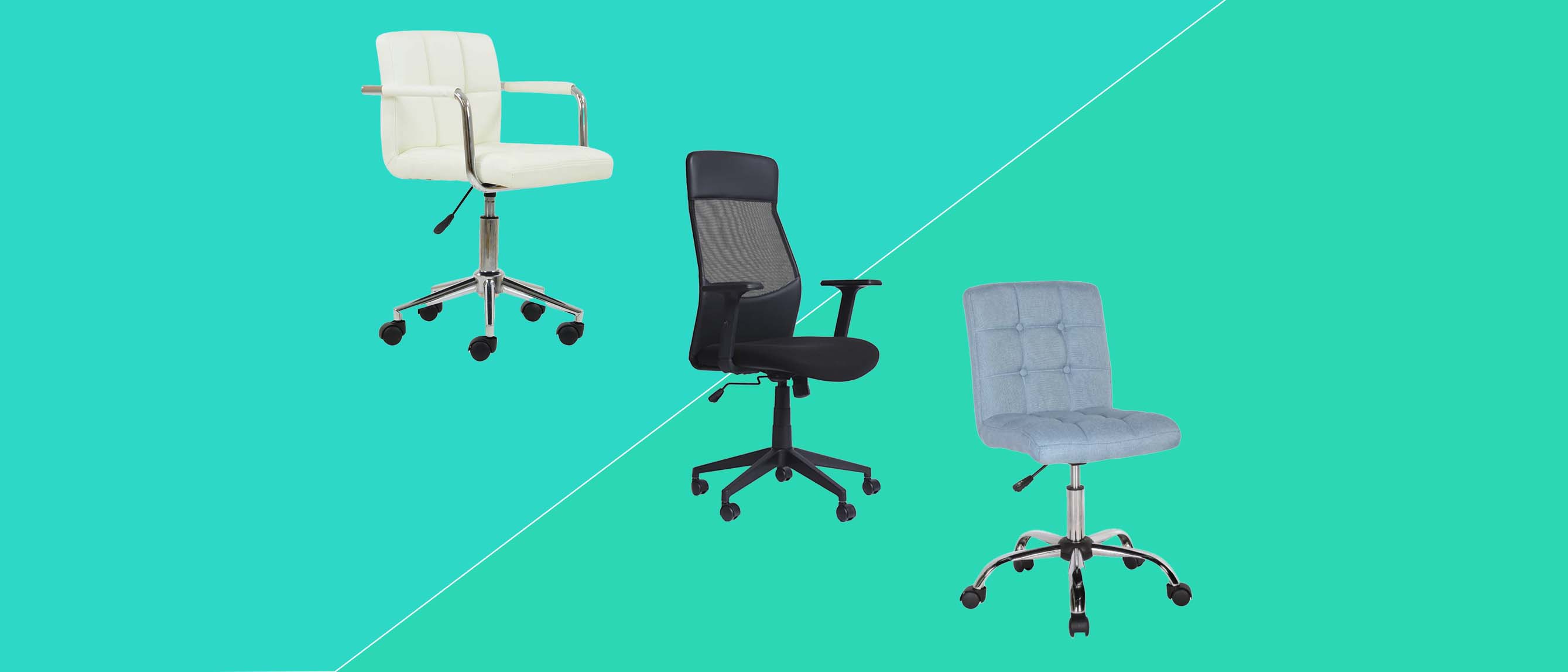Frozen Desk and Chair

Imagine a world where your workspace is perpetually encased in ice. While a picturesque thought for some, the reality of frozen desks and chairs presents significant challenges to both aesthetics and functionality. The impact of sub-zero temperatures on these everyday objects extends far beyond simple discomfort; it fundamentally alters their appearance and longevity.
Aesthetic and Design Implications of Freezing Temperatures
Exposure to freezing temperatures can drastically alter the appearance of desks and chairs. Wood, a common material in furniture construction, is particularly susceptible to damage. Prolonged exposure to freezing and thawing cycles can cause significant cracking, warping, and splitting, ruining the structural integrity and the visual appeal of the piece. Similarly, metal components can become brittle and prone to fracturing under stress. Paints and finishes can crack and peel, exposing the underlying material to further damage from moisture and the elements. Plastics, while more resilient than wood, can also become brittle and prone to cracking in extreme cold. Discoloration is another common issue, with some materials fading or developing a dull, lifeless appearance after prolonged exposure to freezing temperatures.
Desk and Chair Designs Suitable for Freezing Temperatures, Frozen desk and chair
To withstand the rigors of extremely cold environments, desk and chair designs must prioritize robust materials and construction techniques. Materials like high-density polyethylene (HDPE) or other specialized plastics are less susceptible to cracking and brittleness than standard plastics. Metals, if used, should be chosen for their high tensile strength and resistance to embrittlement at low temperatures. Consideration should be given to using stainless steel or other corrosion-resistant alloys. Furthermore, designs should incorporate features that minimize the accumulation of ice and snow, such as sloped surfaces and strategically placed drainage channels. Finally, internal components should be protected from moisture ingress to prevent freezing and damage.
Visual Description of a Cold-Environment Desk and Chair
Imagine a desk crafted from a single block of high-density polyethylene, its surface a smooth, matte grey. The desk’s legs are wide and sturdy, tapering slightly towards the base for enhanced stability on potentially uneven icy surfaces. Integrated into the desk’s design are concealed heating elements, powered by a small, self-contained battery pack, that maintain a comfortable surface temperature. The chair, similarly constructed from HDPE, features a contoured seat and backrest designed for ergonomic comfort even when wearing thick layers of clothing. The chair’s legs are fitted with wide, non-slip feet to provide secure footing on icy surfaces. The entire ensemble is characterized by clean lines and a minimalist aesthetic, reflecting both functionality and durability. The grey of the HDPE contrasts beautifully against the stark white of a snow-covered landscape.
Aesthetic Impact of Frozen Furniture on Workspace
The use of frozen desks and chairs, or rather, furniture designed for extremely cold climates, would significantly impact the overall aesthetic of an office or workspace. While a sleek, modern design made of durable materials might seem appropriate for a scientific research station in Antarctica, it would likely feel jarring in a typical office setting. The stark, utilitarian nature of such furniture could clash with more traditional or aesthetically pleasing designs. The color palette would likely be limited, and the overall feel could be perceived as cold and impersonal. However, in the right context—such as a high-tech research facility or an outdoor arctic expedition base—the use of these specialized pieces of furniture could contribute to a sense of purpose and functionality, enhancing the overall environment.
